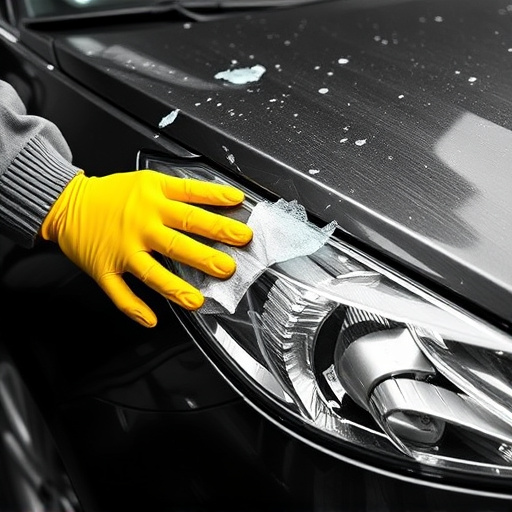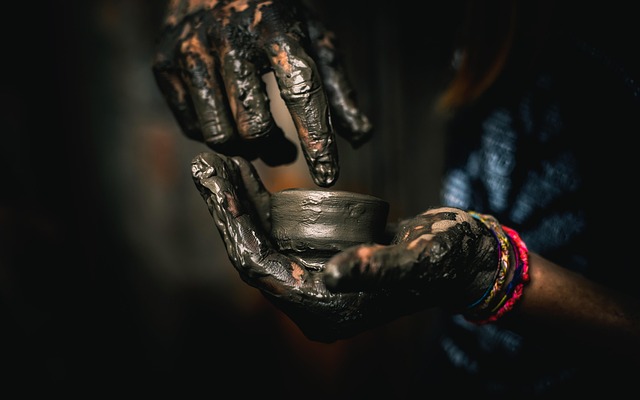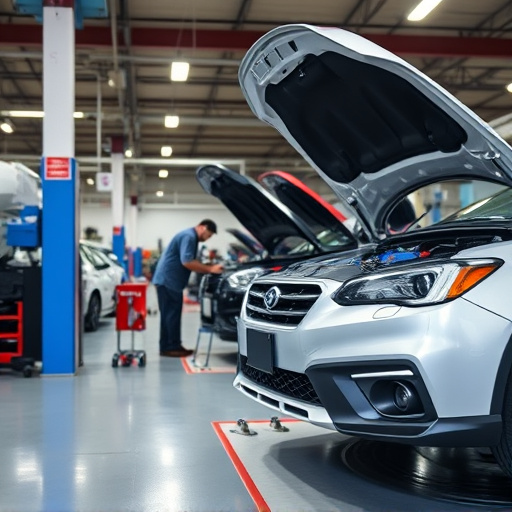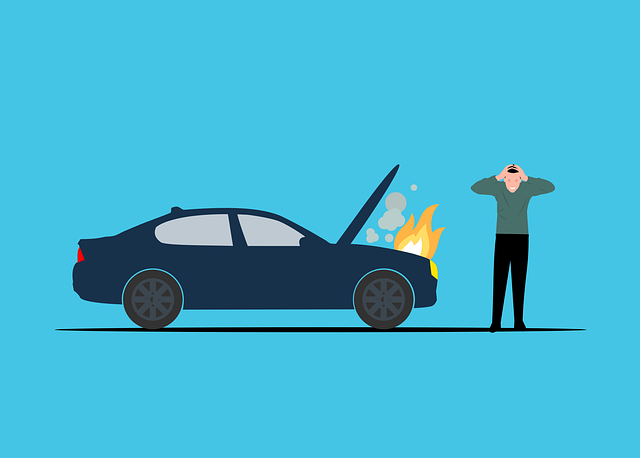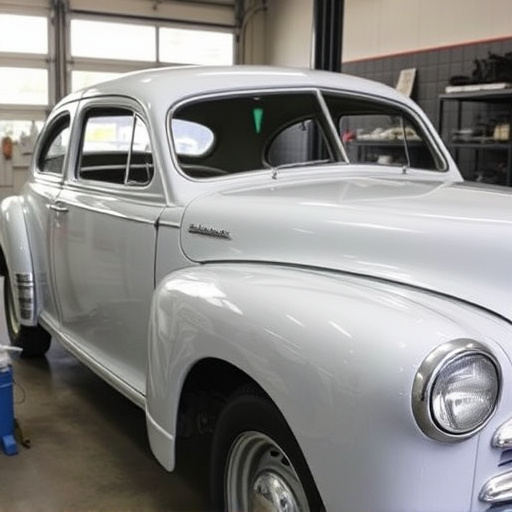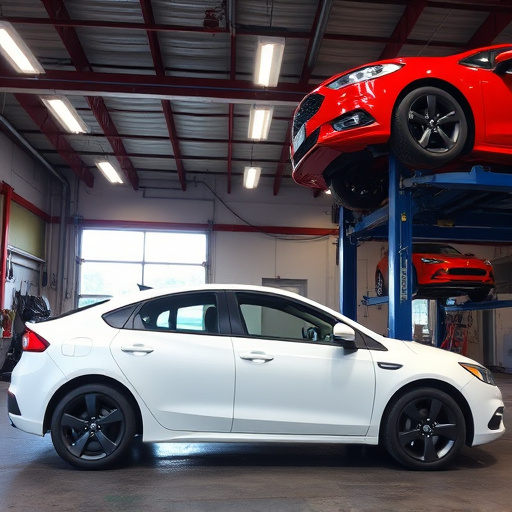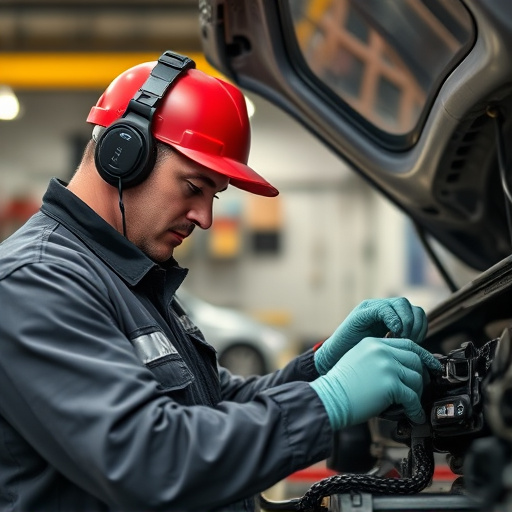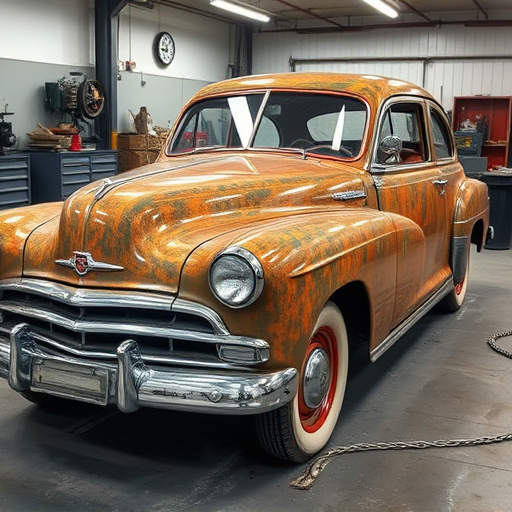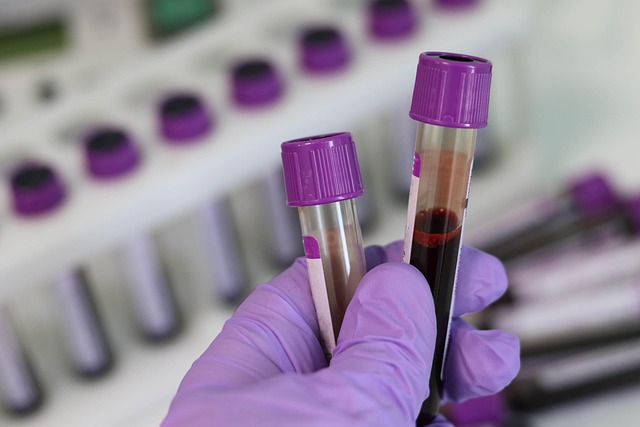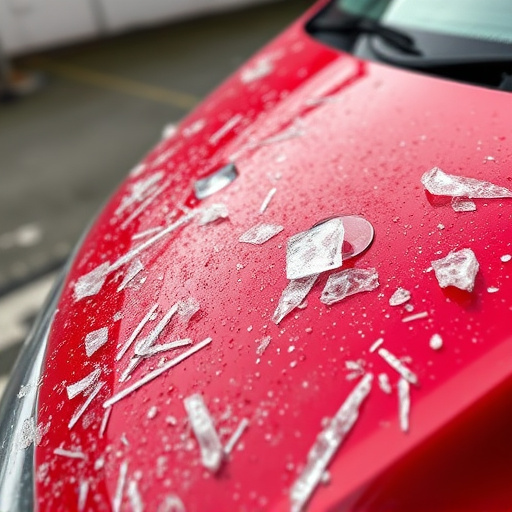Vehicle delivery inspections are critical in logistics, especially for automotive companies, ensuring quality control and safety by meticulously evaluating vehicles for damage or defects before leaving the facility. Both internal and third-party inspections have distinct advantages: internal staff leverage their knowledge of a vehicle's journey to identify subtle issues, while third-party experts provide independent, specialized assessments for complex problems. These inspections build trust in auto repair services, positively impacting future interactions, and offer peace of mind to car owners through unbiased evaluations, benefiting buyers and sellers alike.
In today’s logistics landscape, efficient vehicle delivery inspection is paramount for maintaining quality control. This article delves into the distinct approaches of internal and third-party vehicle delivery inspections. While internal inspections offer direct oversight, third-party services introduce specialized expertise and cost-efficiency. By exploring these key differences, businesses can optimize their supply chain strategies, ensuring optimal vehicle condition and timely deliveries. Enhance your understanding of vehicle delivery inspection practices to make informed decisions in a competitive market.
- Understanding Internal Vehicle Delivery Inspection
- Exploring Third-Party Vehicle Inspection Services
- Key Differences Between Internal and Third-Party Inspections
Understanding Internal Vehicle Delivery Inspection
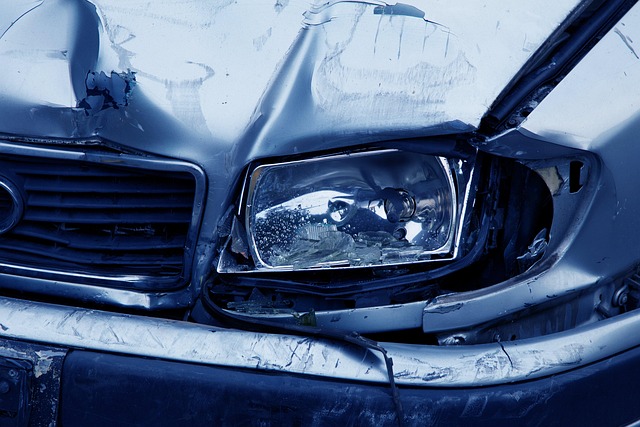
Internal vehicle delivery inspections are a crucial part of the logistics process for many businesses, especially those involved in the automotive industry. These inspections are conducted by the company’s own team members or dedicated inspection staff, ensuring a thorough evaluation of each vehicle before it leaves their facility. The primary focus is on quality control and safety, checking for any damage or defects that might have occurred during transportation. This process is vital to maintaining the integrity of the vehicles and providing a seamless experience for customers receiving their newly delivered cars.
By conducting these internal checks, businesses can identify issues such as dings, scratches, or even more serious problems like frame damage or misalignments. With quick action, they can arrange for car damage repair or frame straightening if needed, ensuring the vehicle meets their high standards before it reaches its final destination. This proactive approach not only safeguards customer satisfaction but also fosters trust in the company’s auto repair services, setting a positive tone for future interactions.
Exploring Third-Party Vehicle Inspection Services
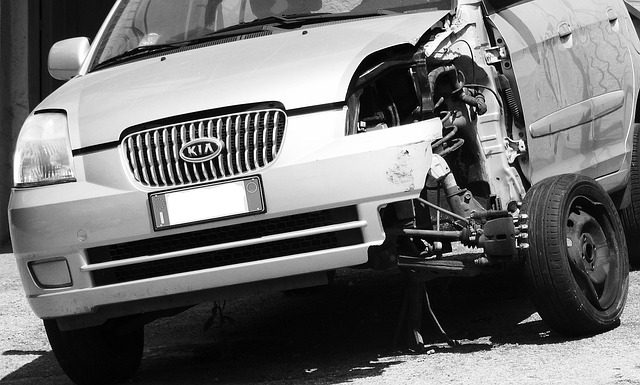
In today’s digital age, exploring third-party vehicle inspection services has become a seamless process, offering convenience and expertise to car owners. These independent inspection companies provide a valuable service, especially for those who prefer an unbiased opinion on their vehicle’s condition before a delivery or purchase. With a simple online search, individuals can discover a network of trusted professionals, ensuring peace of mind during high-value transactions.
Third-party inspectors often specialize in various aspects of vehicle maintenance, including auto body services, tire services, and car repair services. Their role is to conduct thorough inspections, identifying any potential issues or needed repairs that might be overlooked by untrained eyes. This service is particularly beneficial for buyers who want to avoid costly surprises post-purchase or for sellers wishing to present their vehicle in the best possible light to attract buyers.
Key Differences Between Internal and Third-Party Inspections

When it comes to ensuring the quality and condition of vehicles during delivery, internal inspections performed by a company’s own team and third-party inspections conducted by external experts offer distinct advantages and considerations. One of the primary key differences lies in the level of objectivity. Internal inspections benefit from direct involvement in the vehicle’s journey, providing an in-depth understanding of its history. This can be advantageous for identifying subtle issues or repairs that may have been missed externally.
Third-party inspections, on the other hand, offer independence and a fresh perspective. These external assessors are not emotionally attached to the vehicle’s history, allowing them to provide unbiased evaluations. They often bring specialized knowledge in specific areas like auto body painting, vehicle collision repair, or car bodywork services, ensuring comprehensive assessments across various aspects of the vehicle’s condition. This external perspective can be crucial for identifying potential issues that might require expert attention, especially when dealing with complex repairs or specialized services.
When it comes to ensuring the quality and condition of vehicles during delivery, both internal inspections and third-party services offer unique advantages. While internal teams provide direct control and real-time oversight, third-party specialists bring objective expertise and a broader perspective. Ultimately, the choice between these methods depends on an organization’s specific needs, resources, and desired level of vehicle inspection rigor. Effective vehicle delivery inspection processes, whether conducted in-house or outsourced, are essential for maintaining high standards, minimizing damage, and delivering exceptional customer experiences.

